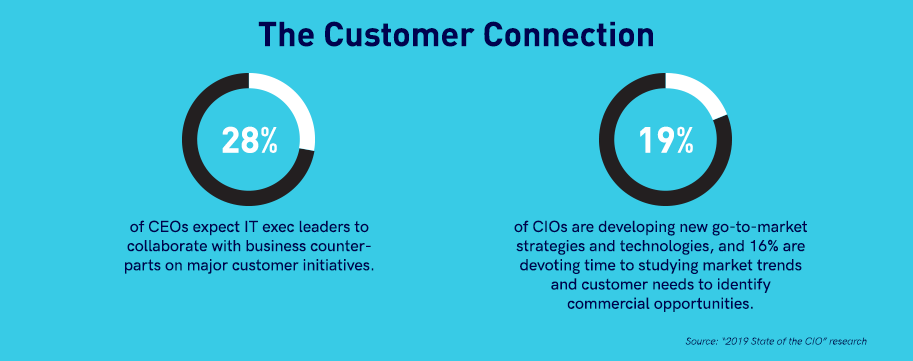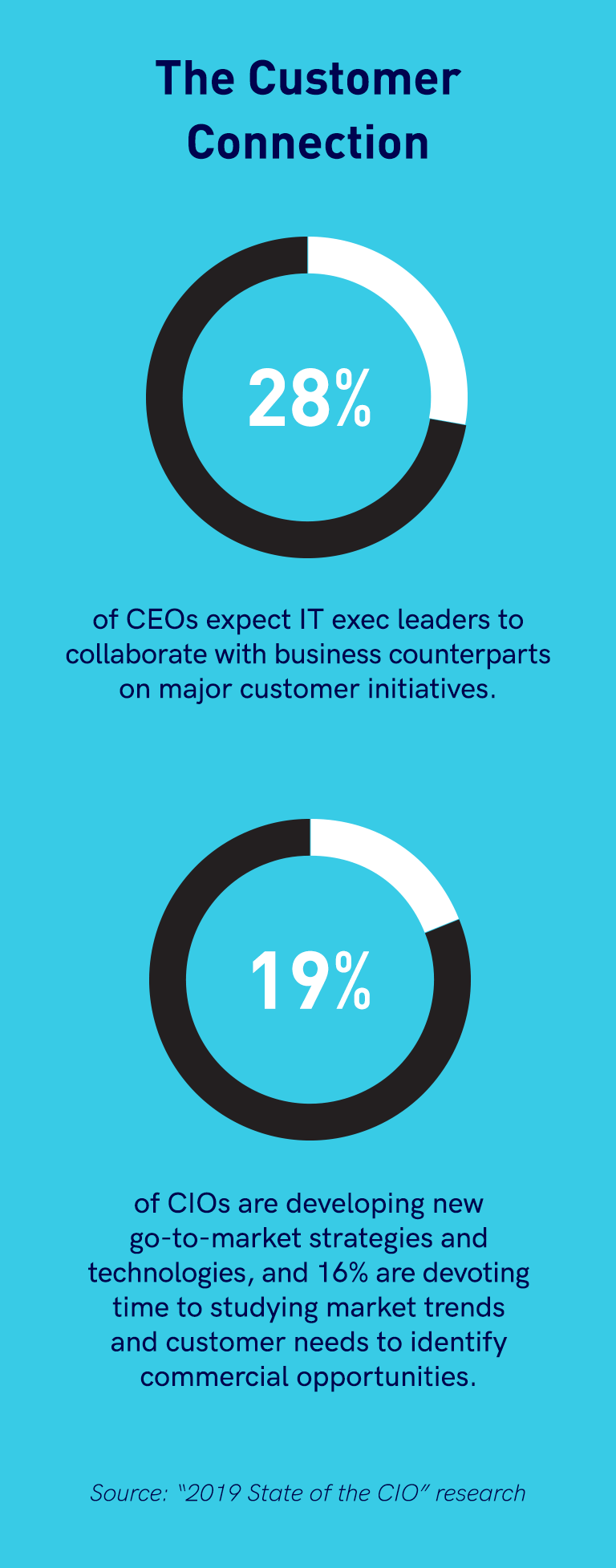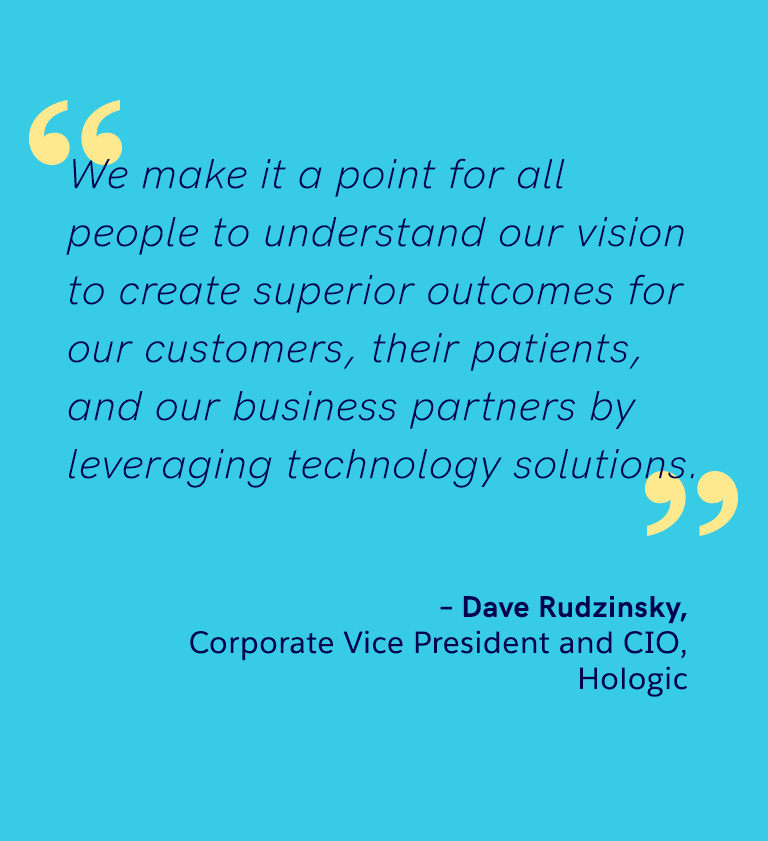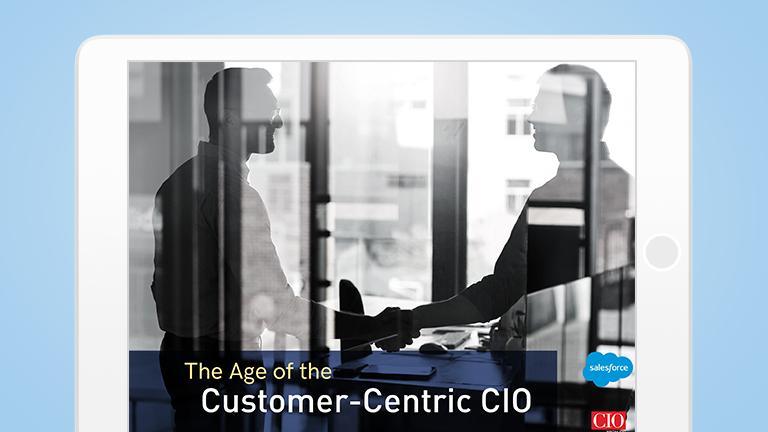The Age of the
Customer-Centric CIO
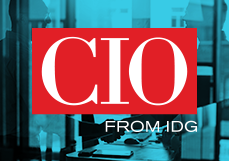

CIO.com delivers the latest tech news, analysis, how-to, blogs, and video for IT professionals.
Chapter 4: Reorienting IT’s Customer View from Internal to External
Historically, most IT organizations have taken an internal definition of who their “customer” is—focusing on employees, not outside clients. The traditional IT charter was to meet the day-to-day support needs of the employee base while advocating for new technology innovations and handling the rollout and maintenance of enterprise systems.
Digitization has flipped that long-standing customer view on its head. Today, much of a company’s product line or service offerings is centered around technology, which means that IT organizations, led by CIOs, need to engage fully with outside constituents to understand their business needs. The turnaround requires new thinking about IT organizational structure and culture as well as redefining what constitutes important skill sets. Domain expertise in technical areas such as AI, analytics, security, software-defined storage, and the cloud are certainly critical to the modern IT organization, but so are softer skills in areas such as project management, business analysis, and communications.
To nurture this new mind-set, CIOs need to make significant cultural and organizational changes. Already CIOs are spending more time with external customers, getting to know their business and pain points. The “2018 State of the CIO” research found that 71% of CIOs are meeting with customers frequently and that is expected to increase.
Getting closer to customers is also a CEO mandate—28% of the CEOs who participated in the “2019 State of the CIO” research expect their IT exec leaders to collaborate with their business counterparts on major customer initiatives. In addition, strategic CIOs are spending more time on customer-centric activities—19% are currently developing new go-to-market strategies and technologies, and 16% are devoting time to studying market trends and customer needs to identify commercial opportunities, the 2019 research found.
Hologic, a global life sciences company, has implemented a foundational platform that creates a holistic customer view, and now it’s working hard to make organizational and cultural changes that promote that customer-centric mentality to IT employees, says Dave Rudzinsky, the company’s corporate vice president and CIO.
The Age of the Customer-Centric CIO
overview
Chapter 1
Chapter 2
Chapter 3
Chapter 4
Chapter 5
Want to read the full report?
Questions? We’ll put you on the right path.


